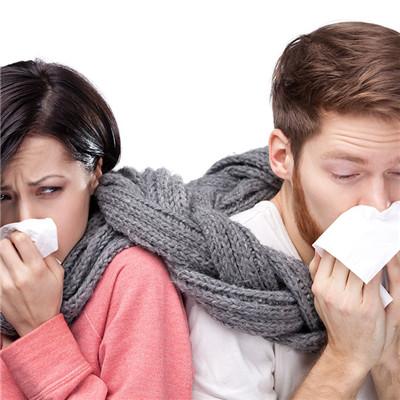Symptoms of acute urticaria in children
summary
Urticaria in children, commonly known as rubella, is a common allergic skin disease characterized by dilation of small blood vessels in skin and mucous membrane and increased permeability. It is mainly characterized by erythema and localized edema of different skin sizes, often accompanied by pruritus. Its basic disease becomes temporary dilation of capillary vessels in skin and mucous membrane and sudden increase of permeability. Most of this disease is caused by allergic reaction, and the prognosis is good. There are many causes of urticaria, bacteria, viruses, parasites can become allergens, pollen, dust, chemicals, and even some foods can become allergens. Chronic urticaria refers to wheal attack at least twice a week, lasting for more than 6 weeks. A small number of patients with chronic urticaria can also show intermittent attacks. Let's talk about the symptoms of acute urticaria in children
Symptoms of acute urticaria in children
1. The onset of acute urticaria in children is very sudden, and the skin can be itchy in a moment. With itching and scratching, rubella blocks of different sizes and shapes appear rapidly; Skin scratch disease was positive (red pimples consistent with scratch could appear on the normal skin of children with needle scratch); The number of rashes is generally large, some of them are annular, and they can also fuse into large areas. They will subside quickly within a few minutes to a few hours, leaving no traces

2. Urticaria can occur in any part of the body. The disease is easy to recur, sometimes hidden and sometimes present. Most of the children had no other discomfort except itchy skin. However, if the digestive tract is involved, nausea, vomiting, abdominal pain and diarrhea may occur; If the bronchi and larynx are involved, the throat may be blocked, chest tightness, shortness of breath, dyspnea, or even asphyxia;

3. Some children may have edema of hands, feet, eyelids and even the whole face; In severe cases, there were pale complexion, dyspnea, hypotension and other shock manifestations. The course of chronic urticaria can be as long as several months, or even several years, generally more than 2 to 3 months is called chronic urticaria.

matters needing attention
The incidence of urticaria and diet have a certain relationship, some foods may be incentives. For example, fish, shrimp, seafood, canned food, salted food and beverage containing artificial additives such as artificial colors, preservatives and yeasts can induce urticaria. In addition, too spicy and sour food will also reduce the digestive function of the gastrointestinal tract, so that food residues stay in the intestinal tract for a long time, resulting in peptone and peptide, increasing the risk of allergy.













